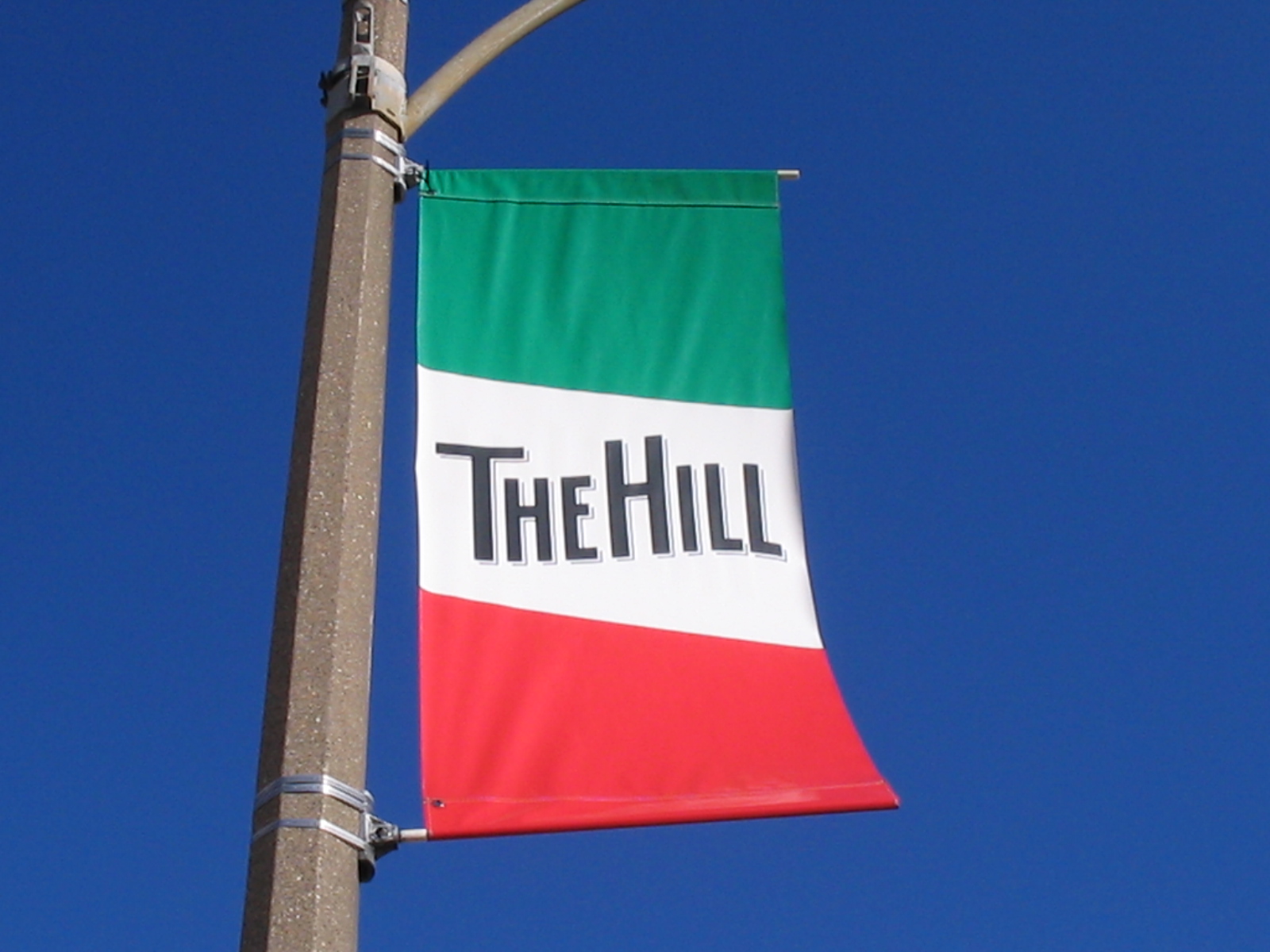We live in a global society. Americans can speak by video conference with others across the globe in moments. Written communications arrive a world away in seconds. Planes move passengers across oceans in a matter of hours. And we regularly conduct business outside our country’s borders. In such a world, preserving cultural heritage often proves difficult, if not impossible.
There is a neighborhood in St. Louis that has managed to preserve its historic cultural identity. Known as America’s “Last Little Italy”, the Hill is an enclave of Italian American culture located in the heart of the City of St. Louis. Italian immigrants founded the Hill in the early 1800s. Today, the neighborhood is home to a diverse population, including dozens of families and business owners who can trace their Italian roots to multiple generations.
The Hill has managed to preserve its Italian heritage through a decades-long coordinated effort joined by multiple constituencies. The neighborhood boasts a strong religious foundation, people dedicated to preserving Italian heritage, a shared history of food and drink, and a unified color scheme. Green, white and red are sprinkled throughout the Hill, from crosswalks and fire hydrants to commercial logos, T-Shirts and Italian flags flying at homes, parks and businesses.
The historic backbone of the neighborhood is religion. St. Ambrose Catholic Church has long served as the community’s base. The parish was founded in 1903 by Roman Catholics immigrating from northern Italy. Dating to 1926, the Church’s architecture harkens to the builders’ Italian roots and is modeled after Sant‘Ambrogio Church in Milan. Generations of Italian Americans graduated from St. Ambrose School; current students receive Italian lessons through middle school.
This shared heritage and history is also preserved at a brick-and-mortar location called the Hill Neighborhood Center. The Center is both a museum and a gathering place. Operated by the neighborhood association, the Center is where the community’s stories come to life. The Center houses artifacts, archives, photographs and the documents underlying the community’s shared history. The association employs an archivist who supervises volunteers capable of helping residents and visitors share their stories, explain exhibits or assist in family research. Italian classes are regularly offered by native speakers and vendors set up shop several weekends a month to talk about travel opportunities to Italy.
The Center is managed by Hill 2000, an association of Hill residents and Italian Americans who live outside the neighborhood. Hill 2000 is operated by community volunteers. The organization adopted four pillars underscoring its work: historical preservation, neighborhood beautification, philanthropy, and safety and security. The Center is the modern tool the community uses to bridge the community’s past with its present.
The organization serves its mission of cultural preservation by hosting several annual festivals, including an Italian heritage festival. Festa is celebrated on the second Sunday of October and features a parade, food and music. During Festa, the community recognizes a local dignitary, typically one who has supported the community through long-time efforts.
Of course, no Italian neighborhood would be complete without a litany of food and entertainment offerings. The neighborhood is home to more than 20 restaurants that serve traditional Italian fare and multiple local markets and bakeries. These places prepare offerings from both Northern and Southern Italy. Several venues host cooking contests, including competitions featuring risotto and red sauce recipes.
The Hill is a case study on how a community can come together to preserve cultural identity. Once a place where Italian immigrants settled after arriving in America, the Hill is now a community where those immigrants’ children and grandchildren cultivate a special place celebrating that heritage. Food, language and national identity have combined with modern concepts of community to forge a unique neighborhood. The Hill shows how folks from a shared background can come together to preserve cultural traditions in a globalized world.








Leave A Comment